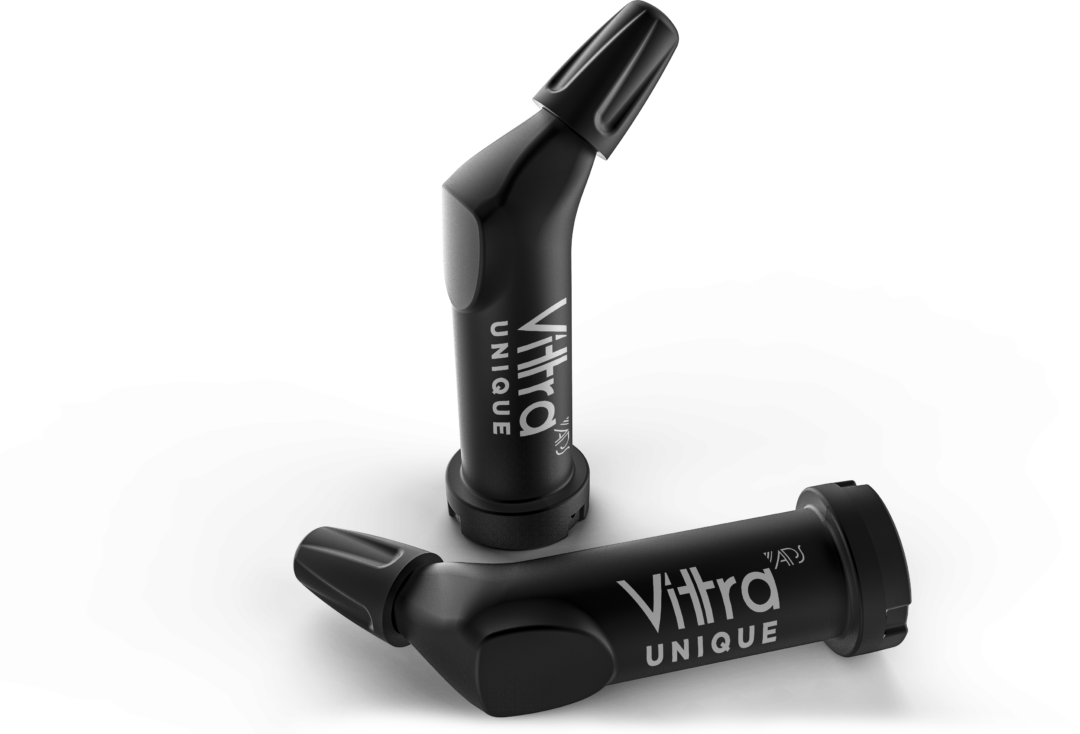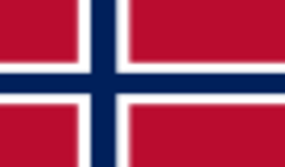Restorations in composite account for the majority of the direct restorative procedures carried out in modern clinic. The evolution and the simplifi cation of adhesive techniques and materials, the increase in the effi ciency of photoactivation equipment, and, of course, the improvement of composites in terms of esthetic shine and polishing, have made this material the golden standard for applications both in esthetic alterations and transformations and in restorative procedures in anterior and posterior teeth with the highest level of predictability and success.
However, the selection of the shades and the ability of using materials with different degrees of opacity (Enamel, Dentin, Opaque Effect and Translucent Effect, for example) can, frequently, turn a simple procedure into a more complex one when we think of the search for the perfect esthetic mimicking. Even in the simplest daily restorations (Class V, medium and small extensions, Classes I and II), in order to achieve a good shade similitude, the professional must get the right value (luminosity) and chroma (saturation and intensity of the shade) of the shade of the tooth and reach a result that is very close to that shade.
Besides, even being right about all of those, if the professional uses a thickness of enamel that is a little too thick (the most translucent layer), the restoration may become greyish and, likewise, if a layer of dentin is applied a little thicker, with a thinner enamel, an undesirable milky aspect may result.
Due to that, over the last decade there was the introduction of body composites or medium opacity composites, which function as a single composite for those daily restorations. In thicknesses of up to 1.5mm, in average, the optical effect is pleasing (no greyish hues and no milky aspect), however, in thicknesses greater than 1.5mm, it is necessary to use a dentin composite. Even so, in spite of the simplifi cation of the stratifi cation and of the reduction of the error margin in terms of opacity and translucency, shade selection remains a challenge for the professional.
Vittra APS Unique: composites that simplifies the clinic’s daily routine
In search of a solution to simplify even more that situation, FGM went further: it has developed Vittra APS Unique, a composite with medium opacity (body) with chromatic mirroring (monochromatic) which, after being photoactivated, mimics the color of the walls of the cavity preparation and, therefore, with one single composite, the professional can reproduce all the shades. In daily situations such as the ones mentioned above, the shade selection becomes something of the past. Besides simplifying the procedure and allowing the professional to avoid a mistake in the shade of the restoration, it saves you money, since the stock and the need to buy different shades of material become unnecessary for the your daily practice.
Different from the traditional composites which use colored pigments for the obtainment of shade, Unique applies a technology of resin matrixes and balancing of inorganic vitro-ceramic loads whose optical refraction rates are similar to those of the dental structure, a medium opacity degree (prevents greying or a milky look). Besides that, with the innovative APS system of photo-initiators, the proportion of camphorquinone applied is minimal (compared to all the photoactivated material) and that way, there is no residual yellowing of the shade in the restoration (especially in the lighter and extra lighter shades). As a result, what happens is the real “chameleon effect” that, “like magic” allows for the professional to achieve their goal.
Some points to be considered:
- Substrates with non-ideal chromatic aspects (pigmented, darkened) must be neutralized by composite or tint with an opacity effect and receive a layer of dentin in the desired saturation for, then, to receive the Vittra APS Unique (chromatic mirroring composite).
- Adhesion well performed, because “gaps” allow for the passage of light and may evidence a margin. Therefore, in any adhesive restoration, the procedure for applying the adhesive must be subject to rigorous criteria. Preferably, we recommend the use of the Ambar APS line – colorless adhesives – if compared to those which have a yellowish hue and may result in a more saturated aspect for the yellow in the restorations with chromatic mirroring.
- In very deep cavities, as Vittra APS Unique is a medium opacity composite (body) the results can be optimized with a thin layer of dentin composite (Vittra APS or Opallis for example) in the desired saturation.
- For extensive restorations on anterior teeth, Vittra APS Unique can also be applied. However, the area of the missing walls where light goes through, needs to be reconstructed with dentine composite at the desired saturation (to avoid the mirroring effect of the “dark background” of the oral cavity)
Therefore, considering these details which are variations in the dentist’s routine, chromatic mirroring composites make the work easier and more economical, besides decreasing the treatment duration (since shade selection becomes unnecessary most of the times) and, with that, restorations of medium and small extensions such as Class V, Class III, Class I and II, besides the reconstruction of disocclusion guides, composite attachments for orthodontic aligners and small incisal angles become easier and more predictable with chromatic mirroring composites such as Vittra APS Unique.
Click here and check out a clinical case using Vittra APS Unique!
Authors: Dra. Michele Vivas e Dr. Rodrigo S. Reis
Michele Vivas is a specialist in Restorative Dentistry and a specialist in Endodontics from São Leopoldo Mandic (RJ), Professor at Instituto R2 Odontologia and Professor at the Specialization Course in Dentistry at São Leopoldo Mandic (RJ).
Rodrigo S. Reis has a doctorate in Dentistry from UFRJ, a master’s degree in Restorative Dentistry and Master in Biomaterials from the University of Michigan – USA, specialist in Oral Implantology at UNESA, director of the Instituto R2 Odontologia (RJ) and coordinator of the Specialization in Restorative Dentistry at São Leopoldo Mandic (RJ)

























